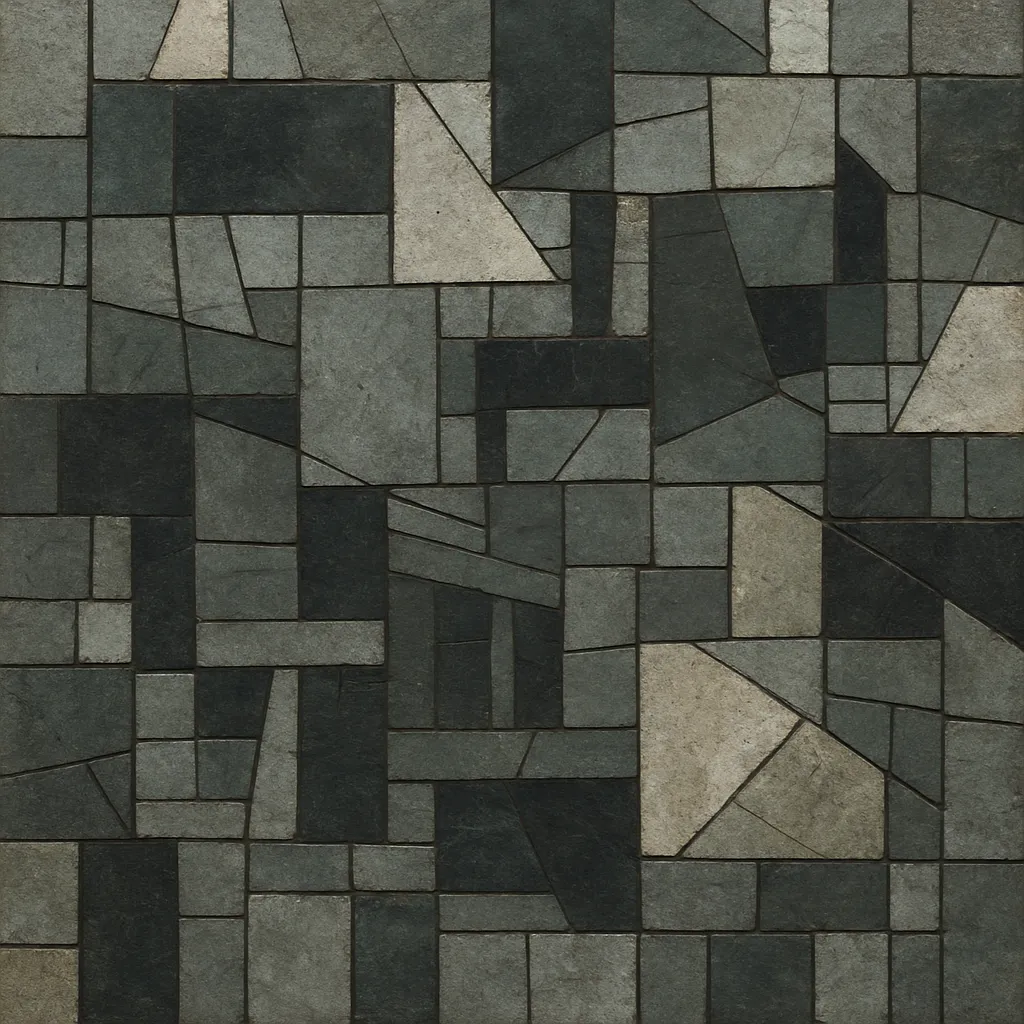Onkyo (also called onkyō-kei) is a Japanese approach to experimental, electroacoustic improvisation that centers on extremely quiet dynamics, sparse gestures, and the amplification of minute sonic events. Rather than focusing on melody, harmony, or pulse, it treats sound itself—hiss, hum, feedback, room tone, and the grain of instruments—as the primary material.
Performers often use no-input mixing boards, sine-wave samplers, laptops, contact microphones, and extended instrumental techniques to reveal fragile textures and near-silences. Long stretches of space and restraint invite deep listening, making the acoustic qualities of the venue and the audience’s presence integral to the music.
Onkyo emerged in late-1990s Tokyo as a response to both the high-energy noise scene and more gestural free improvisation. Its practitioners pursued radical quietude, microscopic detail, and attention to incidental sound, aligning with minimalist and reductionist currents elsewhere while retaining a distinctly Japanese sensibility. The term onkyō (音響) literally relates to sound/acoustics and reflects the movement’s focus on auditory phenomena over idiomatic musical syntax.
A crucial hub was the tiny Off Site venue in Tokyo, where musicians cultivated a shared language of near-silence, sine tones, and amplified micro-sounds. Practices such as the no‑input mixing board (routing a mixer’s outputs to its inputs to expose self-noise and feedback) and pure-tone sampling became emblematic. Collaborative albums and documentation—often issued by small Japanese labels and international imprints concerned with electroacoustic improvisation—helped codify the style.
By the early 2000s, onkyo was in dialogue with parallel movements like lowercase, microsound, and European reductionism. Cross-regional collaborations broadened its scope while reinforcing its core values: restraint, timbral focus, and site-specific listening. Although never a mass movement, it influenced adjacent fields such as sound art, field recording practice, and contemporary electroacoustic improvisation.
Onkyo’s legacy lies in re-centering listening as a compositional act. Its insistence on space, ultra-low dynamics, and emergent texture helped shape electroacoustic improvisation (EAI) globally and continues to inform experimental performance practices that privilege environment, process, and the phenomenology of sound.


